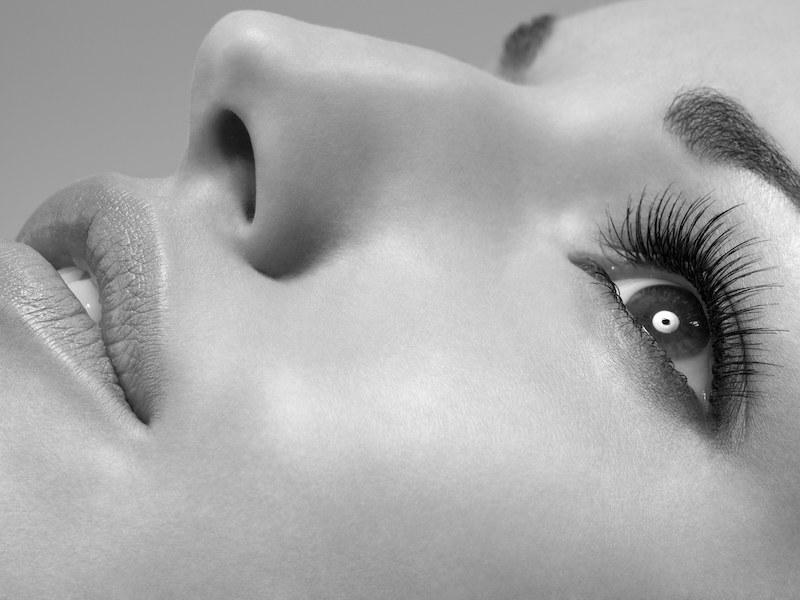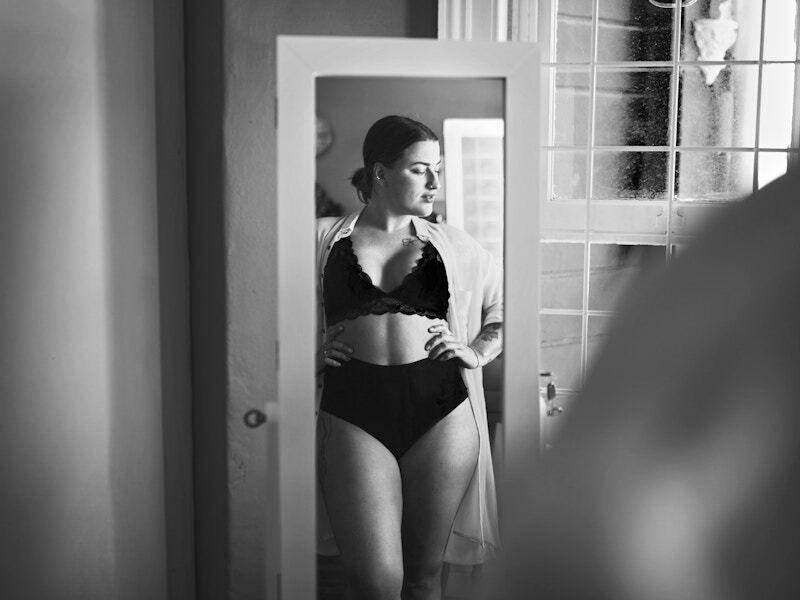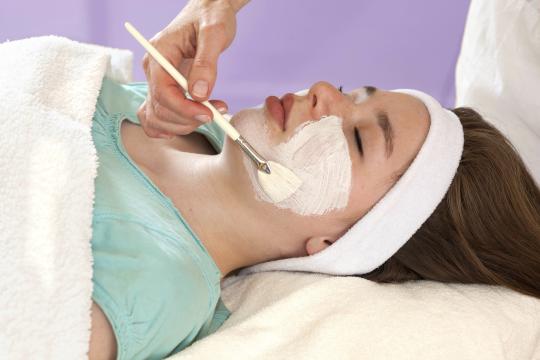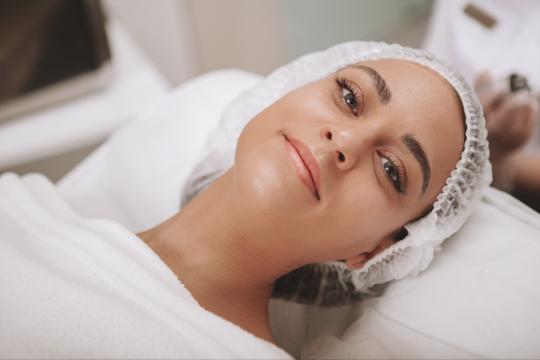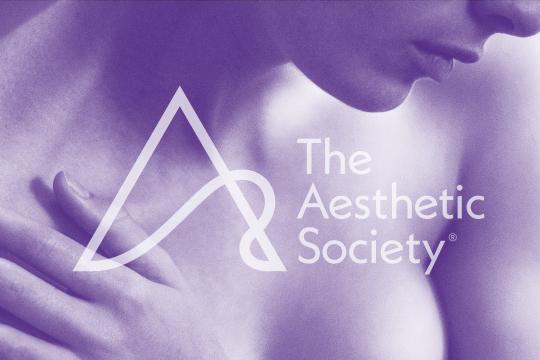If your shut-in winter status has left you with lots of time to fixate on the ravages of Father Time, you may have noticed that your eyes—once simply the windows to your soul—are now a reflection of something a lot less appealing. As we age, fine lines, under-eye baggage, and sagging and hooded eyelids start to bely the fact that, hey, we’re not getting any younger. That doesn’t mean we have to take it lying down. Instead, we’re going to turn this emotional crisis around by spending the next 900+ words shining a spotlight on some of the ways that you can prevent and even treat the signs of aging in your eye area. We’re going to start with those very first fine lines and ramp our way up to the more advanced issues, that we like to call, “holy good god, what has happened here?”
Facial structure, genetics, lifestyle, damage from sun exposure, a too-lax skincare regimen—the list of reasons that your delicate eye area shows the wear and tear of time—perhaps even prematurely—is long. And while addressing the things you can control—allergies that cause you to rub your eyes (don’t), wearing sun protections like sunscreen, hats and sunglasses (do), hydrating (yep), eating right and taking care of your skin (also yes)—are great ways to slow down the visible signs of aging, there’s not always much you can do about the other stuff without the help of a cosmetic surgeon. That doesn’t mean we won’t try. So here we go.
At home skincare:
Staving off and/or treating the first signs of aging around your eyes starts with a basic skincare routine using the right topical products.
- Retinoid: Incorporating a retinoid is a great way to increase cell turnover and help reduce the appearance of fine lines. Your doctor can help you determine what product is right for you.
- Eye Cream: You’ll also want to invest in a good eye cream that can help encourage your skin’s natural ability to produce hyaluronic acid, reduce dark circles and puffiness, and prevent fine lines and wrinkles.
- Consistency: Once you’ve found your ride-or-die products, you’ll also want to be consistent about applying them in order to achieve the the best results. A once-in-a-blue-moon application isn’t going to do much in the way of helping. FYI.
Aesthetic skincare treatments:
In-office skincare treatments are the next step in fighting the visible signs of aging. Your doctor has an arsenal of in-office treatments that can help reduce the appearance of fine lines and wrinkles, eliminate dark under eye circles, and in some cases even address additional under-eye bags you might be schlepping around. Additional bonus? Many of these in-office treatments can also improve your skin’s ability to absorb your newly embraced at-home products. #multitasking
- Microdermabrasion and microneedling: can be used to treat fine lines and wrinkles around your eye area. Through ablative (microdermabrasion) and non-ablative (microneedling) means, your skin is encouraged to produce more collagen, resulting in an improved appearance and texture, while ensuring that your products are more easily absorbed into the skin.
- Chemical peels, IPL and fractional lasers: are all effective in treating fine lines and wrinkles, and are sometimes used in conjunction with one another to achieve the best result. IPL (Intense Pulsed Light) encourages the skin to create more collagen, while chemical peels that are applied in a variation of depths and strengths work to exfoliate the top layer(s) of skin to improve texture, skin tone and the appearance of wrinkles. Fractional laser therapy and chemical peels are also helpful in treating dark under eye circles and tightening a minimally sagging under-eye area. As always, your doctor will recommend what treatments are right for you.
- Dermabrasion: Microdermabrasion’s much more intense cousin, dermabrasion can actually treat fine lines and wrinkles by ‘injuring’ the surface of the skin in order to create good scar tissue. There’s more downtime involved with dermabrasion and it’s more invasive, but the results are a noticeable reduction and in some cases elimination of the offending lines and wrinkles around the eyes.
Injectable treatments:
The next step in preventing or treating the stages of “oh-my-god-what’s-happening-to-my-eyes” should be a conversation with your doctor about injectables.
- Botolinium toxin: Well-placed injections of Botox or Dysport can help relax the muscles that cause crow’s feet, making the wrinkles around your eyes less pronounced and preventing new lines from forming.
- Fillers (Juvederm, Restylane): Fillers like Juvederm and Restylane are great at adding volume to the hollows under the eye, which can reduce the appearance of under-eye bags. They are also helpful in filling in wrinkles and fine lines around the eye area.
Surgical procedures:
And finally, here we are “holy good god, what has happened here?” treatment options. Yes, there are procedures for this too, so despair no more. A sagging brow or increasingly hooded upper eyelid area is not the life sentence it once was.
A consult with your plastic surgeon might result in he/she suggesting an endoscopic surgical brow lift to correct a sagging brow line and re-establish the shape and placement of the eye. Or an upper blepharoplasty surgery to help remove the extra skin of a sagging upper eyelid, while tightening the area and opening the eye up.
The point is, you have options when it comes to fighting the signs of aging that may be creeping their way around your peepers. So take heart, and schedule a chat with your board-certified plastic surgeon to explore what course of action might be right for you.
